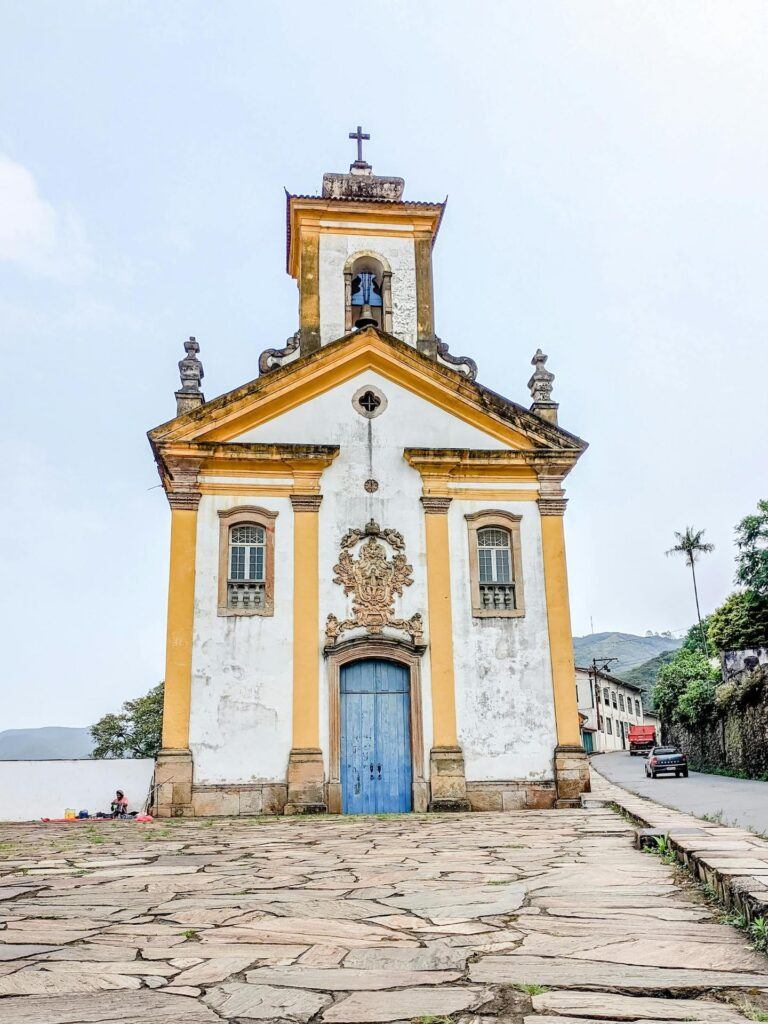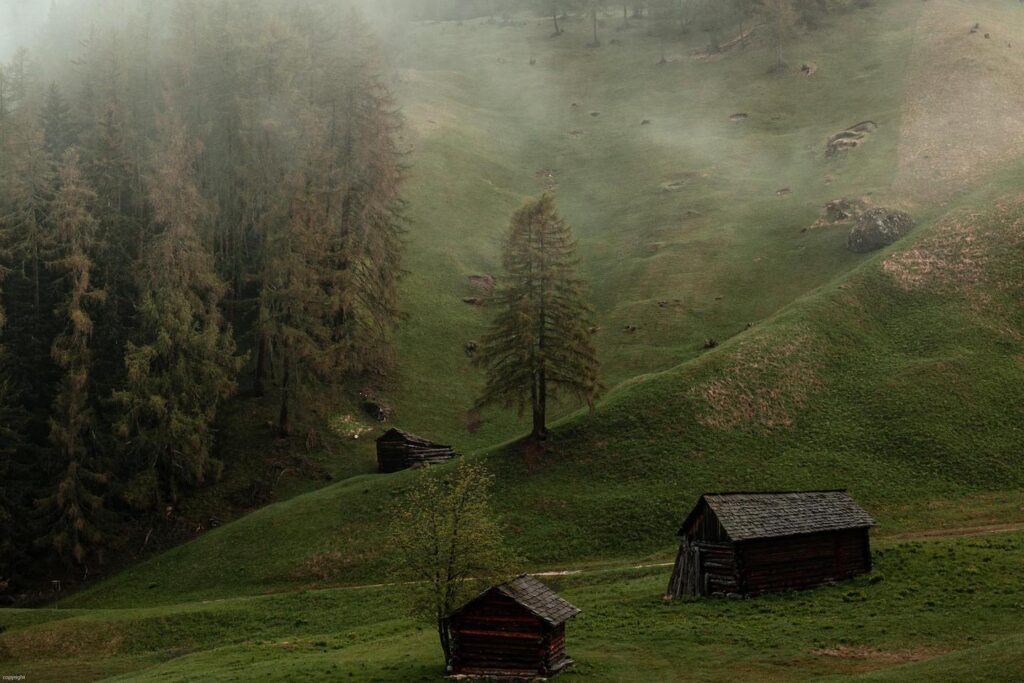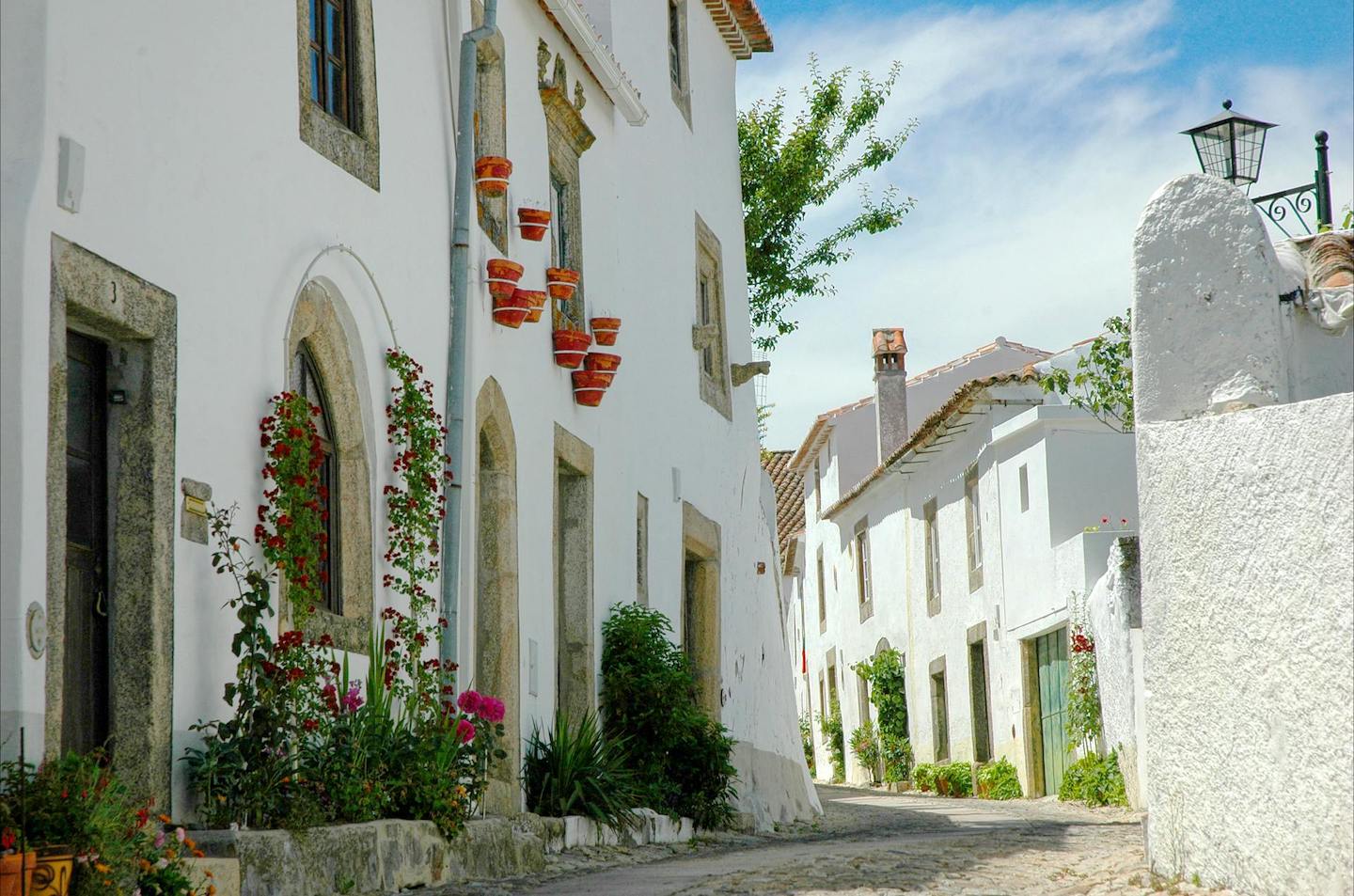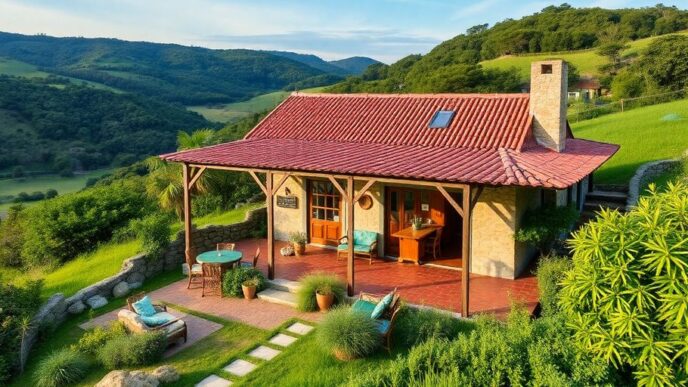Nestled in the heart of Portugal, away from the bustling cities and crowded beaches, lies a network of charming and ancient villages known as the Schist Villages (Aldeias do Xisto). These picturesque settlements are a testament to Portugal’s rural heritage, offering visitors a unique glimpse into the country’s past and a tranquil escape into nature.
What are the Schist Villages?
The Schist Villages are a collection of 27 villages spread across the Lousã and Açor mountain ranges in central Portugal. They are named after the predominant building material—schist stone—which has been used for centuries to construct their houses, streets, and walls. This rustic stone gives the villages their distinctive appearance, blending seamlessly with the surrounding natural landscape.
A Journey Through Time
The history of the Schist Villages dates back to ancient times, with many of the villages having been continuously inhabited for hundreds of years. The remote location of these villages meant they were relatively isolated, preserving their traditional way of life. Walking through the narrow, winding streets of a Schist Village feels like stepping back in time, with many of the houses still maintained in their original form.

A Haven for Nature Lovers
The Schist Villages are located within the protected areas of the Serra da Lousã and Serra do Açor, offering breathtaking views and access to pristine nature. Visitors can explore a variety of walking and cycling trails that connect the villages, passing through lush forests, crystal-clear rivers, and waterfalls along the way. These trails, known as the “Schist Trails,” are well-marked and cater to different levels of fitness, making them perfect for both casual walkers and seasoned hikers.
Traditional Crafts and Cuisine
Each village has its own unique character and traditions, with local artisans still practicing ancient crafts such as basket weaving, pottery, and textiles. Visitors can watch these artisans at work, or even purchase handcrafted souvenirs. The cuisine in the Schist Villages is another highlight, featuring traditional Portuguese dishes made with locally sourced ingredients. Dishes like goat stew, chanfana (slow-cooked goat in red wine), and broa (cornbread) are popular, offering a true taste of rural Portugal.
Sustainable Tourism and Preservation

In recent years, efforts have been made to promote sustainable tourism in the Schist Villages. These initiatives aim to preserve the natural environment and cultural heritage of the villages while providing economic opportunities for local communities. Many of the village houses have been restored and converted into charming guesthouses, offering visitors the chance to stay in a traditional schist home.
Must-Visit Villages
Some of the most notable Schist Villages include:
- Talasnal: One of the most well-preserved villages, known for its stunning views of the Lousã mountains and its cozy, rustic guesthouses.
- Cerdeira: A haven for artists and creatives, Cerdeira hosts regular workshops and art residencies, with many of the village houses now serving as studios.
- Piódão: Often referred to as the “prettiest village in Portugal,” Piódão is a UNESCO World Heritage site, renowned for its picturesque setting and blue-painted windows.
Conclusion
The Schist Villages of Portugal offer a unique and immersive experience for those looking to explore the country’s rich cultural heritage and natural beauty. Whether you’re a history buff, nature lover, or simply seeking a peaceful retreat, a visit to these villages is sure to be a memorable journey into the heart of Portugal’s past.













